This site contains affiliate links to products, and we may receive a commission for purchases made through these links.
Virtual reality has become a popular topic in recent years with the release of various headsets onto the market. One crucial factor in purchasing a virtual reality headset is the frame rate. But what does the frame rate of a virtual reality headset indicate?
The frame rate indicates how many images are being displayed per second. A higher frame rate means more images are displayed, resulting in a smoother virtual reality experience. A lower frame rate can result in a choppy or jittery experience. HTC and Oculus recommend 90fps for VR.
In this blog post, I will discuss what frame rate means for virtual reality and why it is so important.
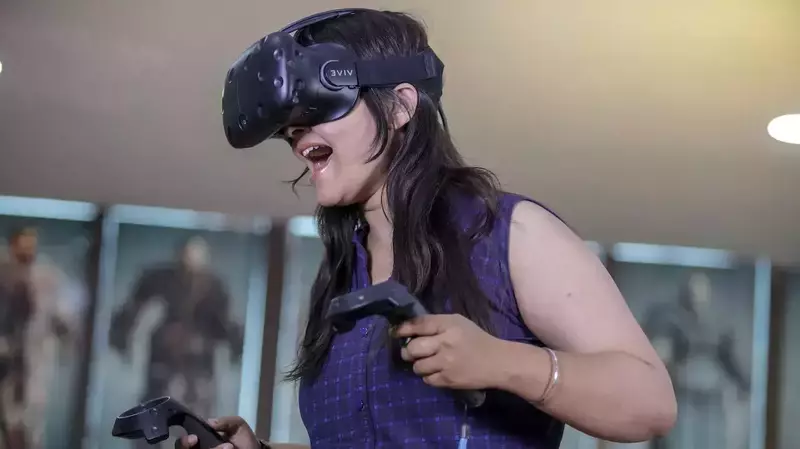
What Is Frame Rate?
The frame rate is a temporal resolution. Virtual reality indicates how many images are being displayed per second.
The human eye can process up to 60 frames per second, so a VR headset with a 60fps frame rate should provide a smooth experience.
This is an illustration of how the image changes over time. VR has 90fps. This means that there are 90 images displayed per second. The higher the fps, the smoother the image will be.
You are unaware of anything that occurs between these images. If the object moves within your field of view, you only get a 90-frame update on its position.
!! For more information about the different VR headsets on the market, check out this product specification list.
If you increased the frame rate to 180 frames per second, you would see twice as much information. You now have twice as many samples per second, which explains this.
This is not just a visual improvement. The world responds to your activities more quickly as the temporal resolution improves.
As you shorten the time between an action and its reflection, your sense of connection to the virtual world increases.
What Does the Frame Rate of a Virtual Reality headset indicate?
The frame rate is an important factor to consider when purchasing a virtual reality headset. A higher frame rate results in a smoother and more realistic experience.
HTC and Oculus recommend a 90fps frame rate for virtual reality.
READ MORE! 18 Tips & Tricks For Oculus Quest 2 (You Need To Know!)
Why Is Frame Rate Important?
Frame rate is important for the following reasons:
1. Smooth Experience
VR headsets are designed to give users a realistic and immersive experience. A smooth virtual reality experience is essential for this. A choppy or jittery experience can break immersion and cause nausea.
The frame rate plays a role in how realistic and immersive the virtual reality experience is.
A higher frame rate results in a smoother, more realistic experience. Conversely, a lower frame rate can break immersion and cause nausea.
2. Latency
Latency is the time it takes for an image to be displayed after it is rendered. A lower latency results in a more responsive virtual reality experience.
High latency can cause a lag between when an action is performed and displayed, resulting in a poor virtual reality experience.
The frame rate is important for virtual reality because it contributes to latency. A higher frame rate results in lower latency and vice versa. Low latency is essential for a responsive virtual reality experience.
How To Improve the Frame Rate of Your Headset
There are a few things you can do to improve the frame rate of your headset:
1. Update Your Graphics Card Drivers
If you are using a PC-based VR headset, one way to improve your frame rate is by updating your graphics card drivers.
Outdated drivers can cause performance issues.
You can update your drivers by visiting the website of your graphics card manufacturer.
2. Optimize Your Game Settings
If you are playing a game on your VR headset, you can improve performance by optimizing the game settings.
This includes lowering the resolution and setting the quality to “Low.”
You can find more tips for optimizing game settings here.
3. Restart Your Headset
If you are experiencing performance issues, one troubleshooting step you can try is restarting your headset.
This can help clear any software glitches that may be causing the problem.
Effects of a Lower Frame Rate
There are several negative effects associated with a lower frame rate:
1. Nausea
A lower frame rate can cause nausea and motion sickness. A lower frame rate results in a choppy or jittery experience.
This can break immersion and cause discomfort.
2. Poor Quality
A lower frame rate also results in a poorer quality virtual reality experience. This is because you are seeing fewer images per second.
This can make it difficult to see objects clearly and cause the virtual world to appear blurry.
3. Disorientation
Disorientation is when you lose your sense of direction or where you are in relation to the virtual world.
A lower frame rate can cause disorientation, making it difficult to track movement.
This is because the virtual world is not updating quickly enough to keep up with your movements.
READ MORE! Is VR Safe For Pregnant Women? (Explained & Solved!)
FAQ
What Is the Reason for the Fast Frame Rate in Virtual Reality?
Does VR have FPS?
What is an acceptable frame rate for VR?
How good is 60 FPS?
Final Thoughts
The frame rate is an important factor in virtual reality. A higher frame rate results in lower latency and a smoother, more realistic experience.
You can improve the frame rate of your headset by updating your graphics card drivers and optimizing your game settings.
I hope this article has helped you understand the frame rate of a virtual reality headset and its importance. Thanks for reading.

Espen
Espen is the Director of PursuitMeta and has written extensively about Virtual Reality and VR Headsets for years. He is a consumer product expert and has personally tested VR Headsets for the last decade.

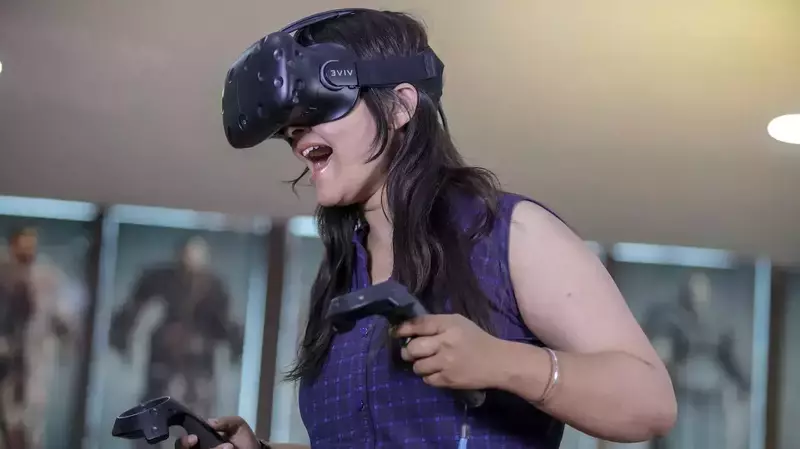
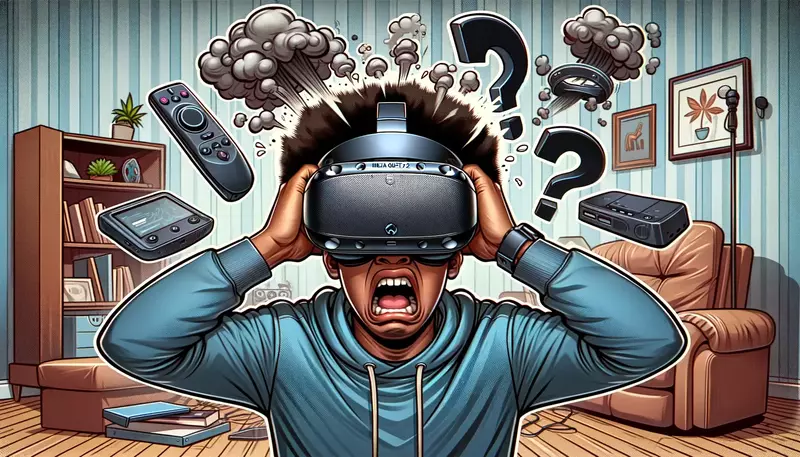
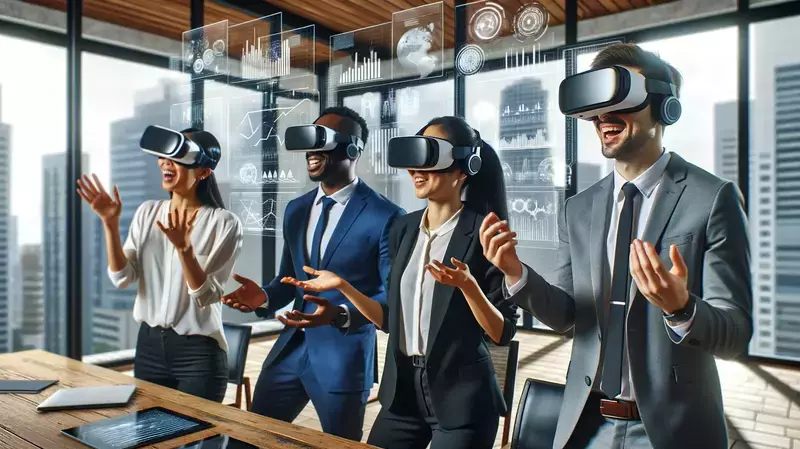
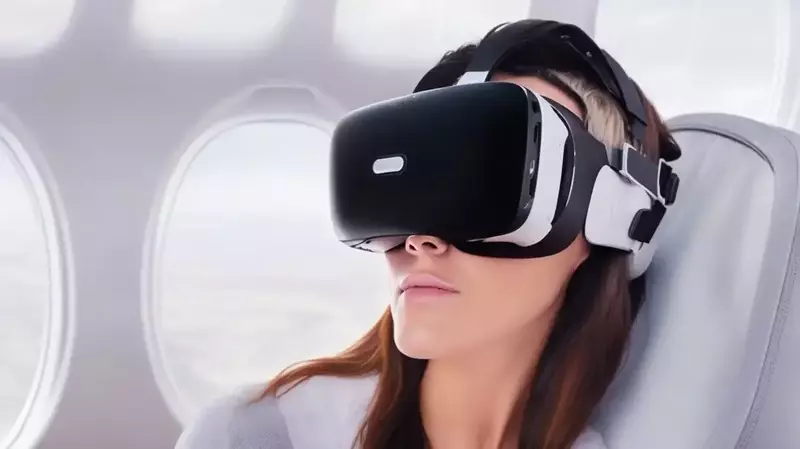
Leave a Reply